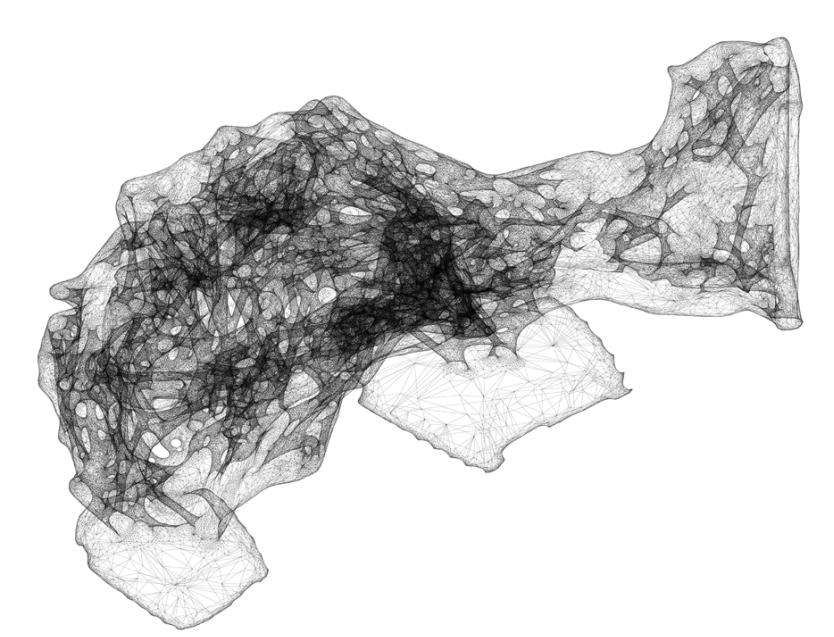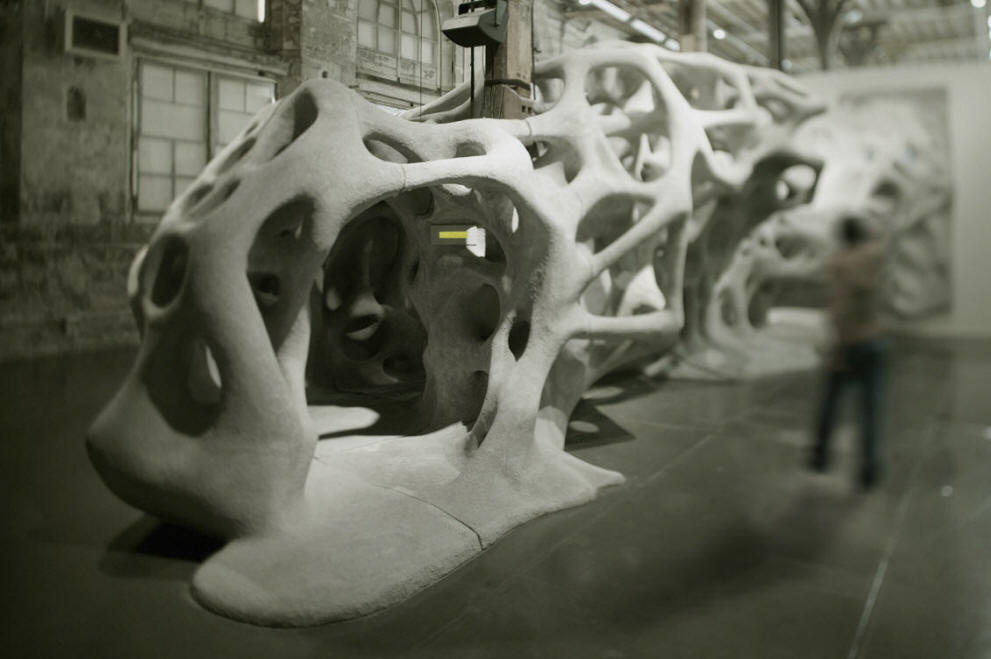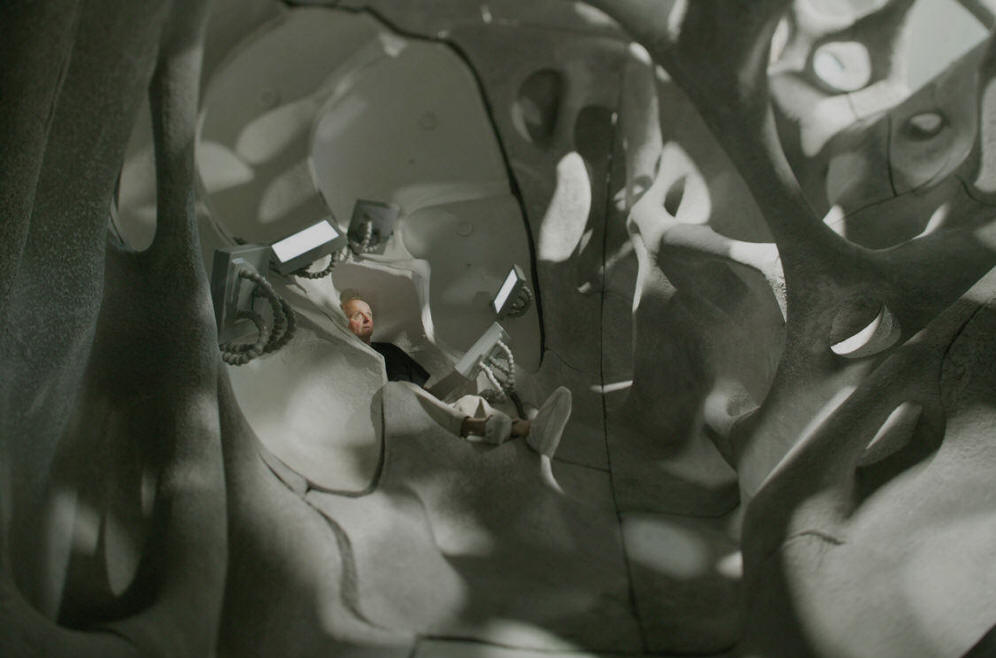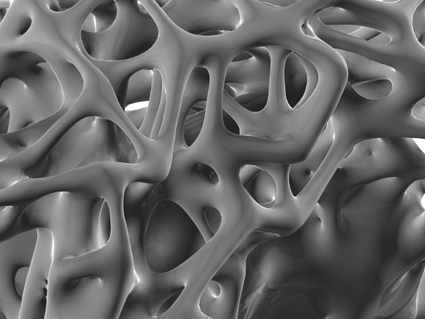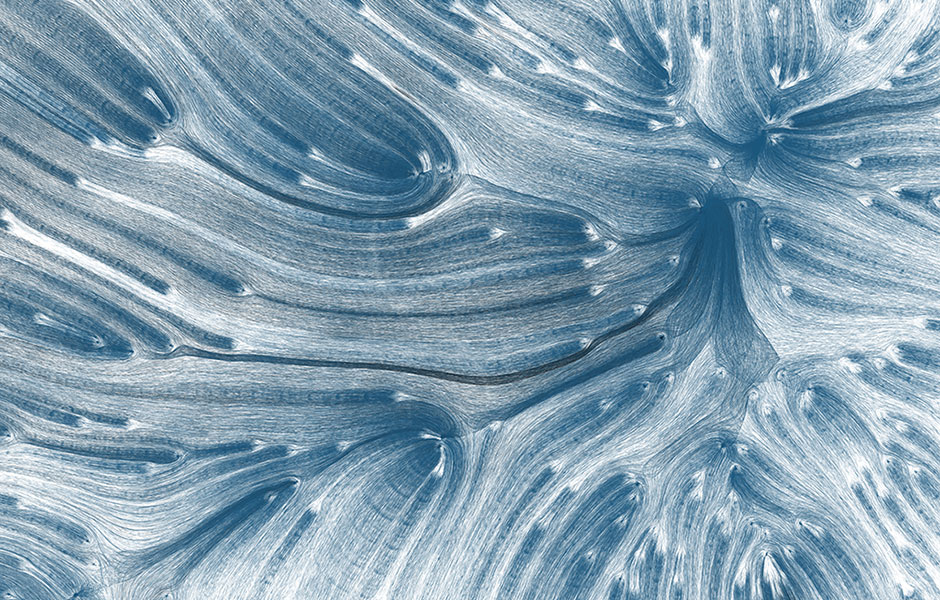//Jihoon Park
//Section A
//jihoonp@andrew.cmu.edu
//project-04: String Art
var i;
var j;
var k;
var l;
var space = 50; //space between starting points of lines
var countX = 9; //number of lines in X axis of a quarter
var countY = 7; //numver of lines in Y axis of a quarter
var boxW = 150; // width of a box
var speed = 1.3;
var dir = 1;
var vertX = 0; // x coordinate of vertex
var vertY = 0; // y coordinate of vertex
var vertW = 0.5*boxW; // vertex limit
function setup() {
createCanvas(640, 480, WEBGL);
noCursor();
}
function draw() {
background(255);
vertX+=dir*speed;
if (vertX>=vertW) {
dir=-dir;
} else if (vertX<=-vertW) {
dir=-dir;
}
//x coordinate of vertex goes back and forth
vertY+=dir*speed;
if (vertY>=vertW) {
dir=-dir;
} else if (vertY<=-vertW) {
dir=-dir;
}
for (var k = -countX; k < 0; k=k+1) {
beginShape(LINES);
vertex(k*space, -height, 0);
vertex(vertX, -vertY, 0);
endShape();
//bottom edge left half lines
beginShape(LINES);
vertex(k*space, height, 0);
vertex(vertX, vertY, 0);
endShape();
//top edge left half lines
}
for (var l= -countY; l < 0; l=l+1) {
beginShape(LINES);
vertex(-width, l*space, 0);
vertex(vertX, -vertY, 0);
endShape();
//left edge bottom half lines
beginShape(LINES);
vertex(width, l*space, 0);
vertex(-vertX, -vertY, 0);
endShape();
//right edge bottom half lines
}
for (var i = 0; i < countX; i=i+1) {
beginShape(LINES);
vertex(i*space, -height, 0);
vertex(-vertX, -vertY, 0);
endShape();
//bottom edge right half lines
beginShape(LINES);
vertex(i*space, height, 0);
vertex(-vertX, vertY, 0);
endShape();
//top edge right half lines
}
for (var j= 0; j < countY; j=j+1) {
beginShape(LINES);
vertex(-width, j*space, 0);
vertex(vertX, vertY, 0);
endShape();
//left edge top half lines
beginShape(LINES);
vertex(width, j*space, 0);
vertex(-vertX, vertY, 0);
endShape();
//right edge top half lines
}
//box rotates
rotateX(frameCount*0.02);
rotateY(frameCount*0.02);
ambientMaterial(200);
box(boxW, boxW, boxW);
}I created lines that could be seen as controlling lines for a box to rotate. However, since the canvas had to be a 3d space, I had to use begin/end shape with vertices.
![[OLD – FALL 2016] 15-104 • COMPUTING for CREATIVE PRACTICE](../../../../wp-content/uploads/2020/08/stop-banner.png)
